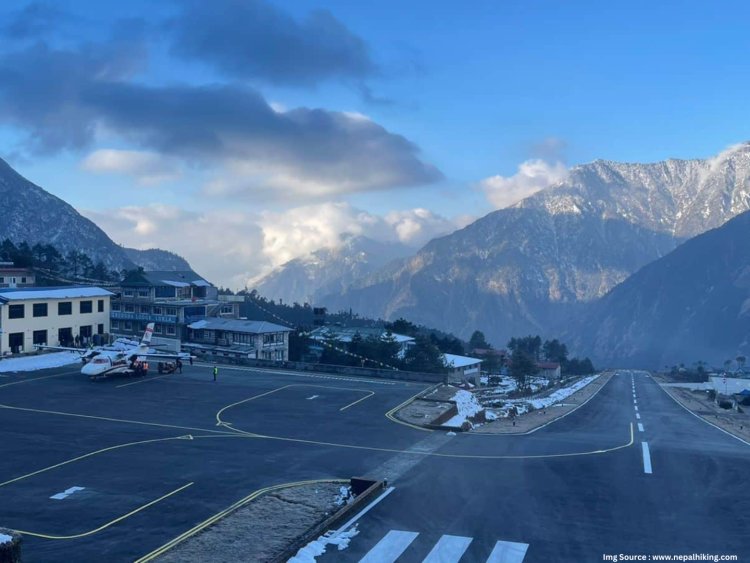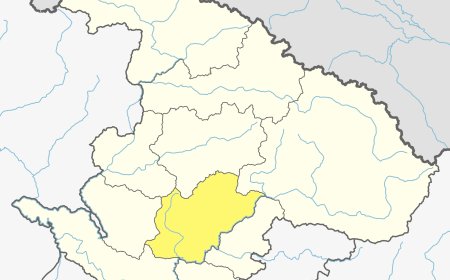Sky's Edge Challenge: Lukla Airport - Where Adventure Takes Flight to Everest
Embark on a thrilling journey as Lukla Airport beckons, daring the skies at the edge of adventure. Named the world's most dangerous airport, Lukla is the launching pad for treks to Everest's summit.

Introduction
Nestled in the heart of the Himalayas, Lukla Airport, also known as Tenzing-Hillary Airport, stands as a testament to both triumph and peril. Named after the legendary climbers Tenzing Norgay and Sir Edmund Hillary, it serves as the starting point for treks to the iconic Mount Everest Base Camp. However, its reputation as the world's most dangerous airport tells a tale of high-altitude risks and unpredictable weather conditions.
Aerial Altitude and Historical Significance
Situated at an awe-inspiring altitude of 2,846 meters (9,337 feet) above sea level, Lukla Airport has etched its name in aviation history. Named after the pioneers who conquered Everest, it symbolizes the intersection of adventure and risk. The runway, spanning 527 meters (1,729 feet) and paved with asphalt, is the lifeline for trekkers and mountaineers embarking on the Everest journey.
The Perils of Lukla
Lukla Airport gained international recognition as the most dangerous airport for over two decades. Documented by The History Channel's "Most Extreme Airports" program in 2010, its treacherous reputation stems from a steeply inclined runway and capricious weather patterns. Landing or taking off from Lukla demands skill and precision, making it a challenging task even for seasoned pilots.
Natural Beauty and Biodiversity
Amidst the perilous charm of Lukla lies the Himalayan region, a sanctuary of unique ecosystems and rare species. Home to elusive creatures like the snow leopard, red panda, and Himalayan tahr, this mountainous terrain captivates nature enthusiasts. Lukla Airport, nestled in this ecological wonder, serves as a gateway to Sagarmatha National Park, a UNESCO World Heritage Site encompassing the majestic Mount Everest.
Tragedies and Triumphs
The airport's history is marred by tragic incidents, a testament to the high stakes of aviation in such challenging environments. From the Yeti Airlines crash in 2004 to the Summit Air collision in 2019, Lukla has witnessed heart-wrenching accidents. Despite these challenges, it remains a vital hub for those seeking the thrill of Everest and the breathtaking beauty of Sagarmatha National Park.
Safety Measures and Accessibility
In response to its risks, Lukla Airport is secured within a chain-link fence, guarded by Nepali armed police and civil police around the clock. Only accessible to helicopters and small, short-takeoff-and-landing aircraft like the De Havilland Canada DHC-6 Twin Otter and Dornier 228, it maintains a delicate balance between adventure and safety.
Conclusion
Lukla Airport, poised at the doorstep of Everest, is more than an airstrip; it is a symbol of human determination against nature's formidable challenges. Trekkers and mountaineers continue to flock to this perilous gateway, drawn by the allure of Everest's majesty. As Lukla echoes with the hum of aircraft engines and the whispers of mountain winds, it remains an indomitable chapter in the ongoing saga of human exploration and resilience.
What's Your Reaction?




































































































